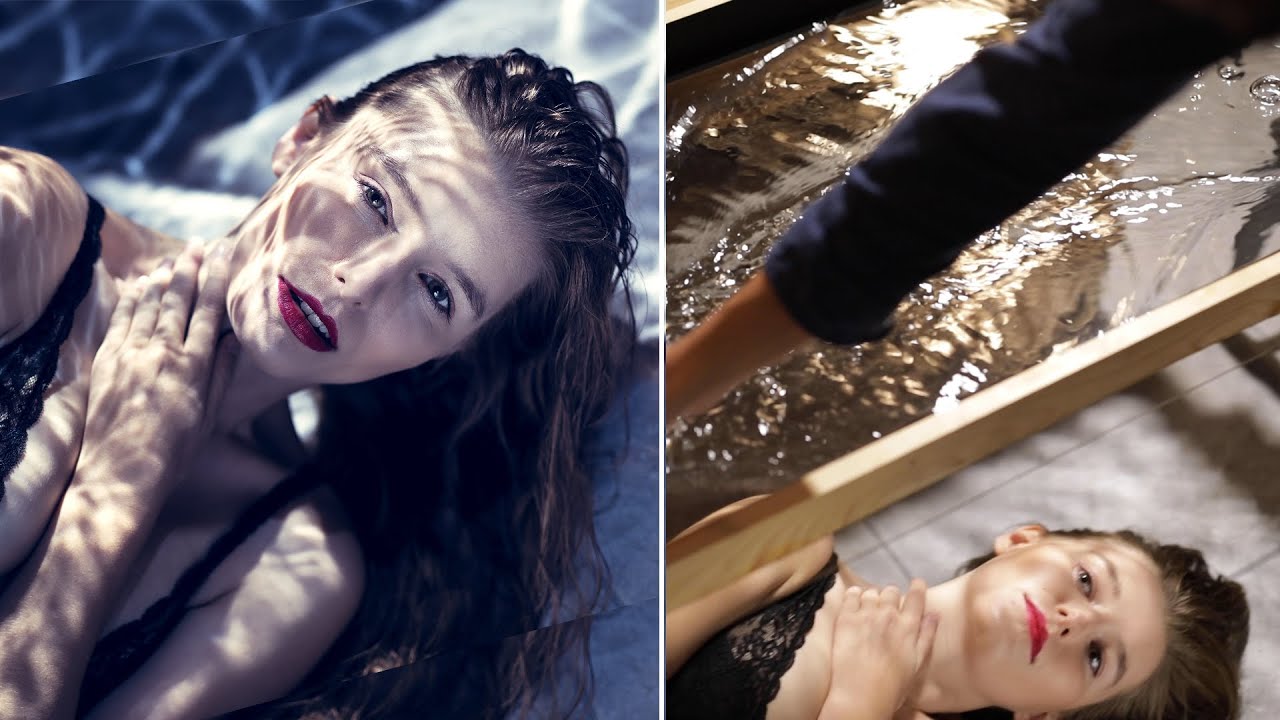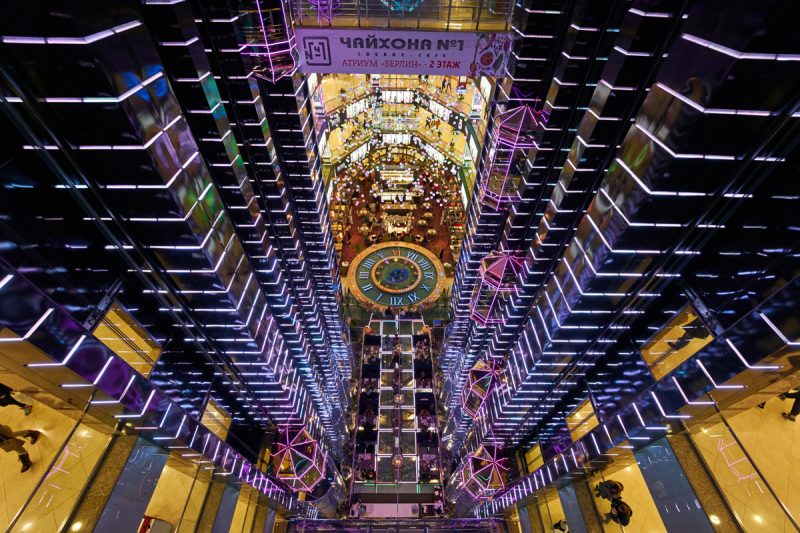atmosphere of the time
25 Tips for taking perfect landscape photos
 Although at first glance landscape photography may seem very simple, in fact it is much more than “point the camera – click the shutter”. The purpose of landscape photography is to convey the inner state, to express something more, and not just to show the landscape in front of you.
Although at first glance landscape photography may seem very simple, in fact it is much more than “point the camera – click the shutter”. The purpose of landscape photography is to convey the inner state, to express something more, and not just to show the landscape in front of you.
We see reality every day. That is why, in my opinion, landscape photography should not just reproduce it. Objects should not be in front of the viewer or take all the photos: the composition should lead the eye to the final point of the picture – the point of interest, your object.
Like any other art form, landscape photography has its own rules. It takes a lot of time to master the light, composition, choice of object for shooting, post-processing, and the final results will vary from person to person. Continue reading
5 reasons to buy an ultra wide lens
 Super wide-angle lenses are a very specific class of optics, with their own features and fields of application. The effect they create is very difficult to replicate with other lenses or programs.
Super wide-angle lenses are a very specific class of optics, with their own features and fields of application. The effect they create is very difficult to replicate with other lenses or programs.
Lenses with a field of view of 90 or more degrees on the diagonal of the frame (that is, wider than those of the human eye) and a certain focal length are considered “super-widths”:
for cameras with APS-C matrix – from 15 mm and less;
for full-frame cameras – less than 24 mm.
Such optics is clearly associated with distortions – perspectives and geometry. Here, these lenses are divided into two classes: fisheye (fisheye) and rectilinear (without distortion). Continue reading
15 tips on how to develop creativity
 Photographs are becoming more “smart”, more and more perfect and more and more accessible. How did this saying sound from the students of the Moscow State University Journal in the 70s? “Give me Nikon and I will turn the world upside down?” And here he is, Nikon – but will the world turn upside down? Compared to the 70s, yes, but it’s not about Nikon.
Photographs are becoming more “smart”, more and more perfect and more and more accessible. How did this saying sound from the students of the Moscow State University Journal in the 70s? “Give me Nikon and I will turn the world upside down?” And here he is, Nikon – but will the world turn upside down? Compared to the 70s, yes, but it’s not about Nikon.
In a word, professional, master equipment is not always equal to professional, masterful photos. What you need to go ahead and develop as a photographer? To continue to create, faced with the creative block? To highlight your photos of the billions taken per year? In the end, to find your niche and attract customers? That’s right, creative.
For those who need to shake things up, return inspiration and look at their work from a new angle – 15 tips on how to develop creativity.
1. Forget the rules. Continue reading




